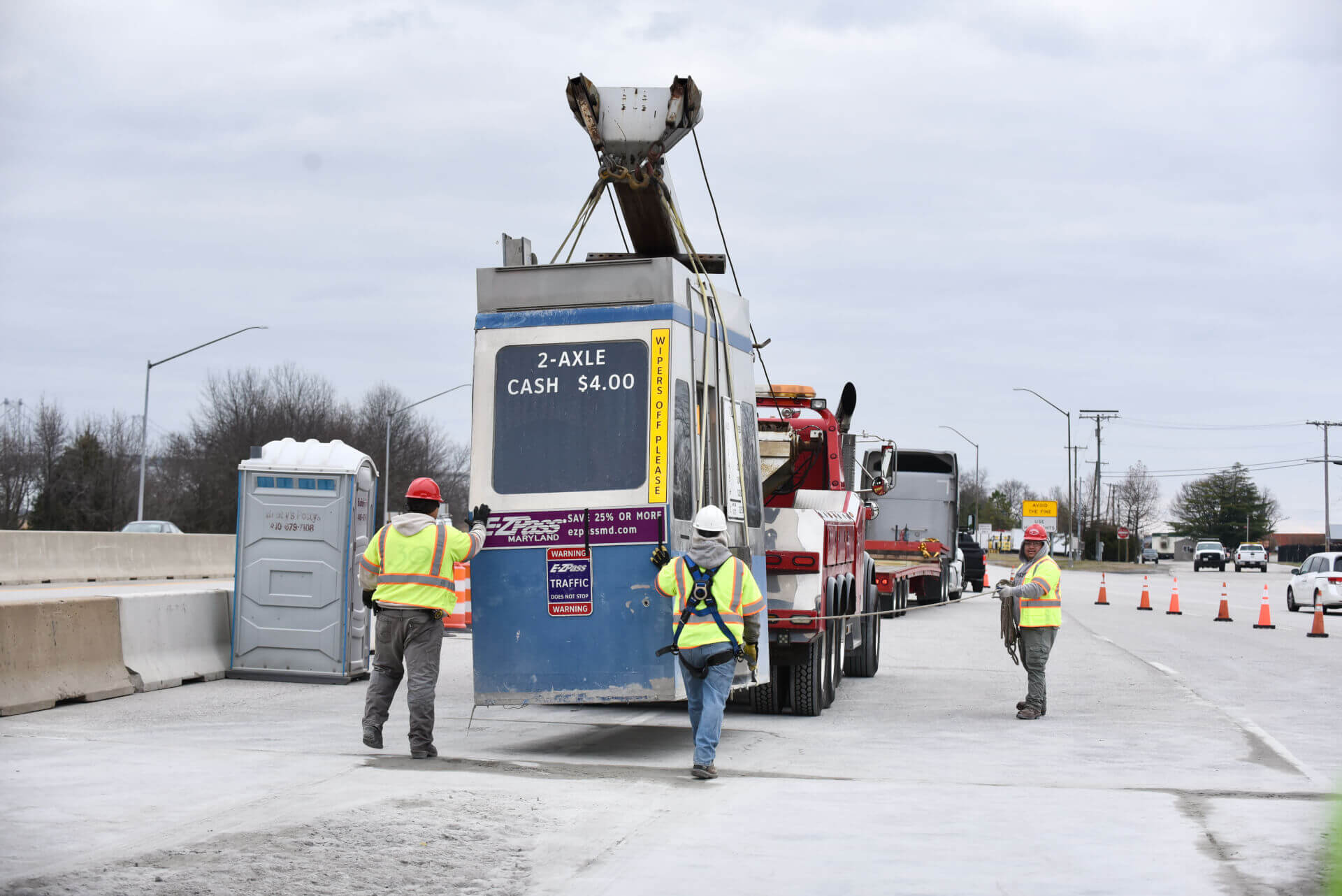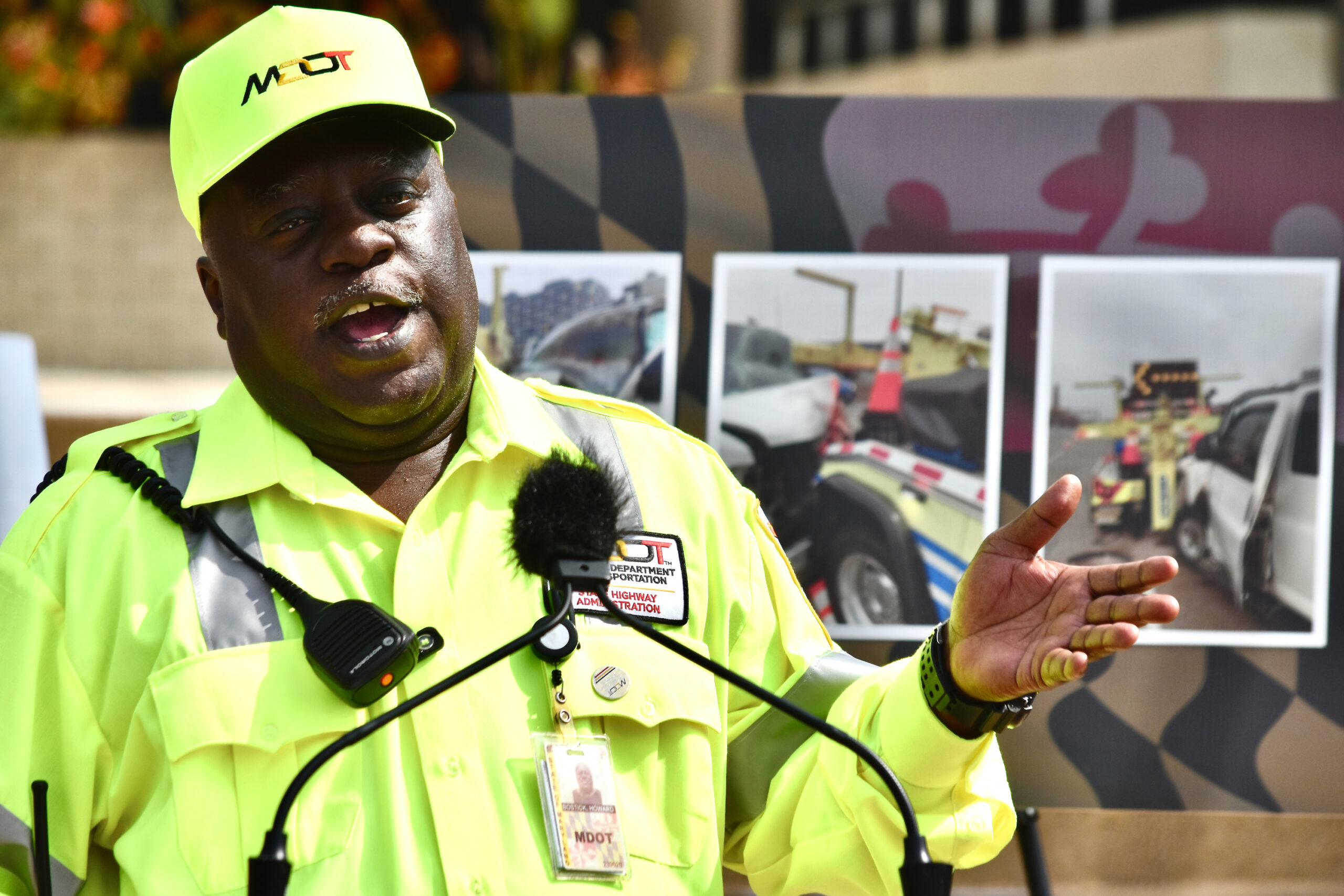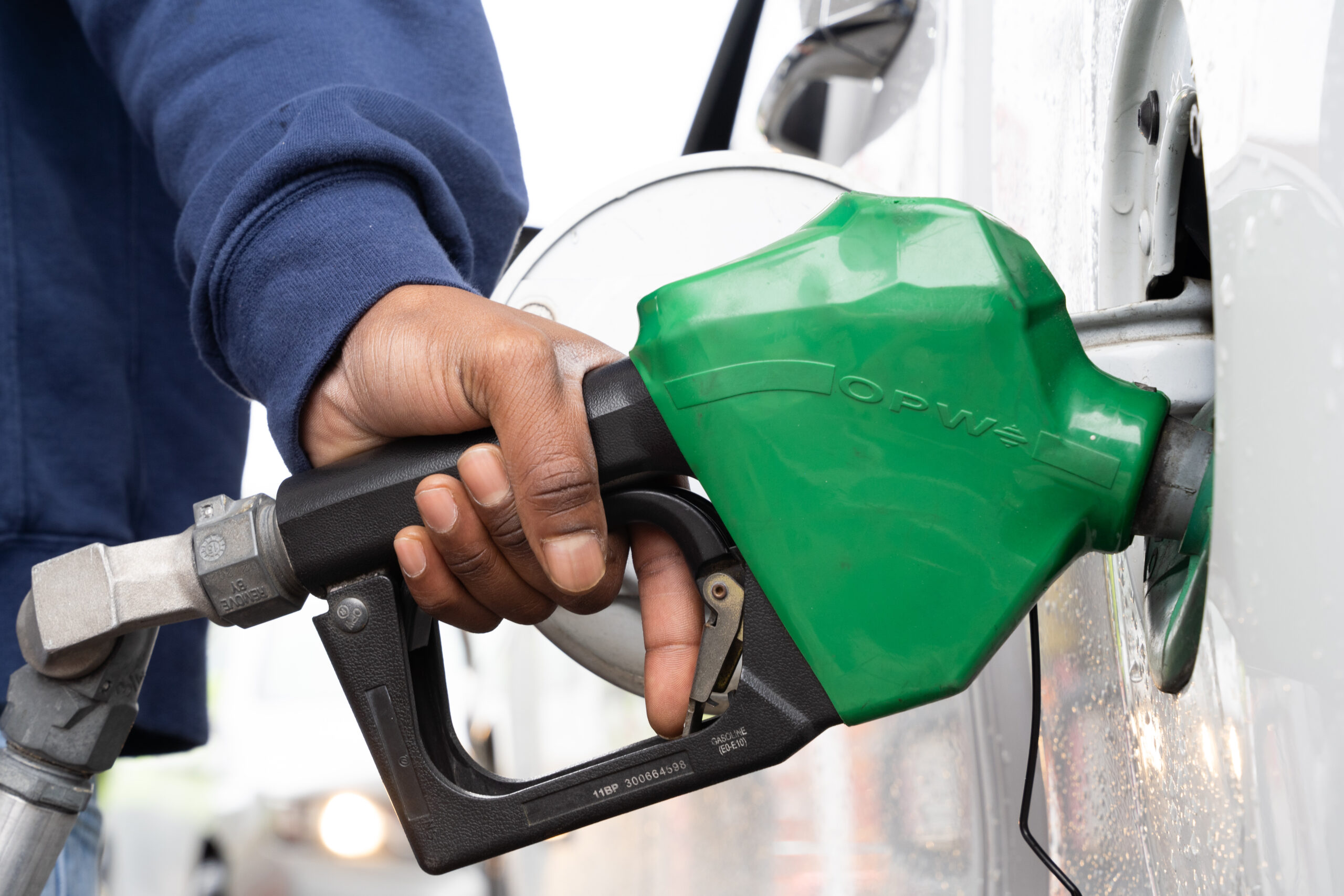Maryland’s ‘Painful’ Toll Backlog Will Linger Long Into 2022, Officials Warn

When the first wave of COVID-19 infections swept Maryland last year, the state Department of Transportation pulled toll-takers off the job as a safeguard against employees and motorists infecting one another with the new and mysterious virus.
The move didn’t affect people who had a valid E-ZPass account. Drivers who normally used cash had their license plates scanned by a roadside camera.
But instead of mailing a bill, the Maryland Transportation Authority, which operates the state’s eight toll roads and bridges, decided to hold back on invoices from March until October of last year, to ease the financial burden on people facing pandemic-related hardships.
By the time they resumed mailing invoices last fall, there was a massive backlog — 23 million toll transactions incurred by Maryland motorists and from people who live elsewhere.
Three additional factors made the mountain of unpaid tolls grow even more:
- In July 2020, the authority paused posting transactions for all drivers (whether they have an E-ZPass or not) on the all-electronic Intercounty Connector for the rest of the year over concerns that they might be getting charged incorrectly.
- When MDTA started to work down its ICC toll backlog this summer, they did so slowly, to avoid hitting customers with a big bill all at once, potentially making it harder to pay other expenses. (Currently they’re mailing 35,000 envelopes a day, with an average of three tolls-due per envelope.)
- The switch-over to a new toll-processing contractor, a process that began pre-pandemic, was delayed from February 2020 until April 2021.
- While struggling to meet those challenges, the vendor — Nashville-based TransCore — like many businesses and agencies, had to switch to remote work.
As a result of all the challenges and changes of the last 18 months, the authority is struggling to get caught up. At the November meeting of the authority’s board, officials warned that the process is expected to last until next summer.
“It is a painful backlog,” said Maryland Department of Transportation Secretary Gregory Slater.
MDTA Executive Director James F. Ports Jr. said the switch in vendors, the pause in billing and the increase in the number of electronic tolls brought on by the decision to discontinue cash “created that perfect storm.”
“We’re just trying to work through it with our vendor at this point,” he added.
Officials said there is a direct link between the number of catch-up invoices they issue and the number of calls that come to the authority’s customer service center. That spike in the number of time-consuming inquiries from the public has overwhelmed the system.
Motorists who try to reach a customer service agent by phone routinely face delays of 90 minutes. The call center receives 15,000 calls per day, on average.
“Backlog processing is the major driver for the call volume at this point,” MDTA Chief Operating Officer William Pines told the authority’s board last week.
He said the state’s new vendor is having a difficult time keeping its call center staffed. They dropped from 180 customer service agents in April to 60 in August. Currently there are 82, though the vendor has hired a subcontractor and is boosting pay to improve retention.
“It’s our hope that that will bring some stability,” Pines said. “We’ve made it clear that they need to continue their hiring. … Retention is a big issue.”
Officials said the public can help reduce their frustration and the strain on the system by installing their E-ZPass transponders correctly. For them to be scanned properly, they must be affixed to the windshield, though many people leave them in the glove box or stick them on the visor.
“We get people that say, ‘Well I held it up to the window when I went through where the plaza used to be,’” said Pines. “Well, that’s not where the gantry is anymore, so you’re just holding it up to the air.”
Ports said other motorists transpose their license plate numbers and fail to change their address in the system when they move, causing their invoice to go to the wrong place. “It will never match up if they don’t do it correctly,” he told the board.
To reduce the amount of time that customers have to wait on hold, the authority has added a “call-back” feature. It’s in operation from 9 a.m. to 4 p.m. during the week and 9 a.m. until noon on Saturdays.
WTOP contributed material to this report.




 Creative Commons Attribution
Creative Commons Attribution